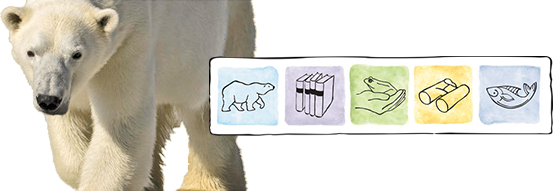Color vision in horses- Deficiencies identified using Pseudoisochromatic plate test
Publication Type: |
Journal Article |
Year of Publication: |
2007 |
Authors: |
Hanggi, Evelyn B, Ingersoll, Jerry F., Waggoner, Terrace L. |
Publication/Journal: |
Journal of Comparative Psychology |
Keywords: |
color vision deficiency, dichromats, discrimination, equine, horse |
Abstract:
In the past, equine color vision was tested with stimuli composed either of painted cards or photographic slides or through physiological testing using electroretinogram flicker photometry. Some studies produced similar results, but others did not, demonstrating that there was not yet a definitive answer regarding color vision in horses( Equus caballus). In this study, a pseudoisochromaticp late test-which is highly effective in testing color vision both in small children and in adult humans-was used for the first time on a nonhuman animal. Stimuli consisted of different colored dotted circles set against backgrounds of varying dots. The coloration of the circles conesponded to the visual capabilities of different types of color deficiencies (anomalous trichromacy and dichromacy). Four horses were tested on a 2-choice discrimination task. All horses successfully reached criterion for gray circles and demonstration circles. None of the horses were able to discriminate the protan-deutan plate or the individual protan or deutan plates. However, all were able to discriminate the tritan plate. The results suggest that horses are dichromats with color vision capabilities similar to those of humans with red- green color deficiencies.


